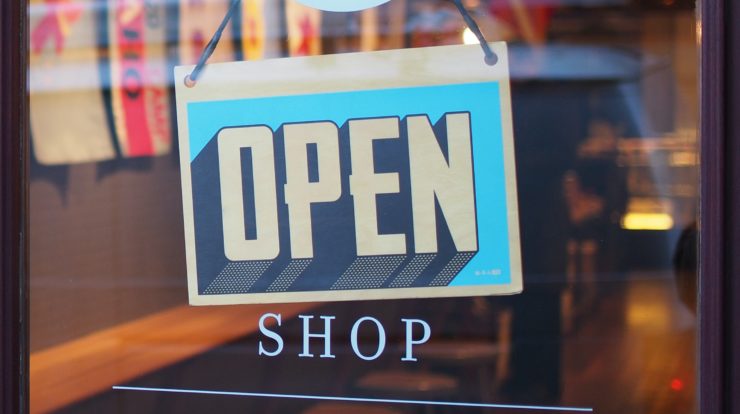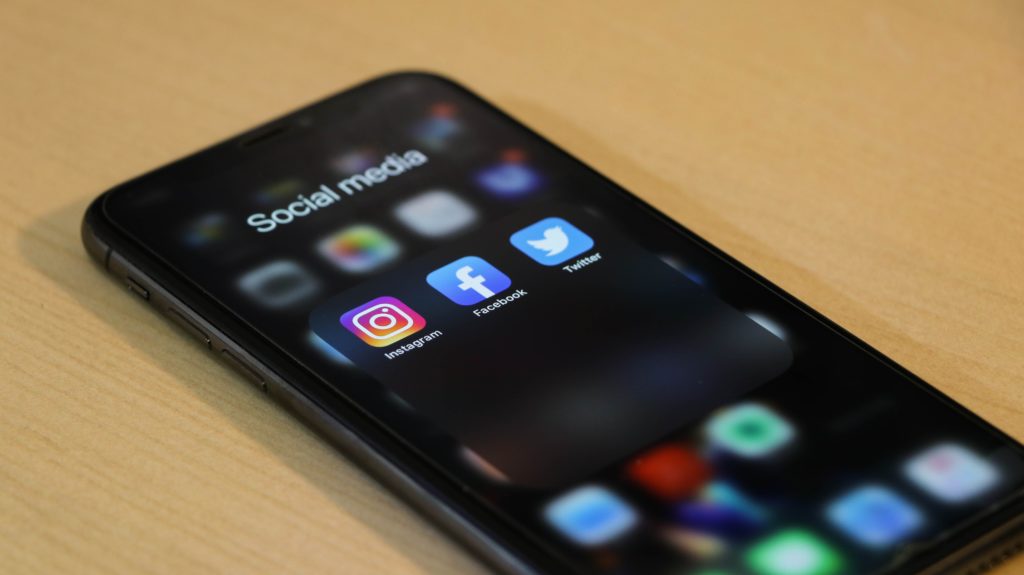
Table of Contents
The Smartphone Revolution goes Retail
The fact that the smartphone revolution has transformed the in-store shopping experience, is well known for a while now. More and more retailers keep investing in mobile marketing campaigns that aim to drive brand awareness and client engagement.
Smartphone Use in Physical Stores

In a recent study, Google published some interesting reports proving how users interact with the brands within a physical retail store. Particularly the study mentions that 84% of smartphone shoppers use their device to help shop while at the store, while on average shoppers use their smartphones more than 15 minutes per visit.
In order to elevate the indoor and outdoor mobile experience, marketers employee some interesting tactics to engage mobile users. However, not every strategy pays back. Nor every channel works in every industry.
How to Take Advantage of Mobile Users in Retail Stores
Below we have outlined a number of in-store tactics that have a common denominator: The smartphone experience
Augmented reality:
Augmented reality provides the “magic” element of visualization that most retailers are looking for from their marketing initiatives. Interactive boxes, screens, and objects can be used to visualize products and engage customers in a unique shopping experience. IBM provides a mobile solution that offers a personalized shopping experience with immediate product comparisons and special offers while shoppers spend time within the store. Looking for some inspiration and examples at work? Here is an interesting article from http://augmentedpixels.com.
Text-to-join:

With open rates reaching more than 90%, messaging still remains one of the most powerful and influential mobile channels. In-store labels presenting a call-to-action can encourage users to opt-in in mobile messaging alerts through simple text.
Text-to-get coupons, promos, and product information
Similar to text-to-join, the SMS is leveraged to deliver discount coupons and promos that shoppers redeem on the spot while in-store. Considering the huge uptick in mobile commerce, SMS can be used to guide the m-commerce experience either to a mobile application or a mobile site and convert customers while in-store.
SMS treasure hunts:

Treasure hunts are an interesting concept that encourages users to navigate within the store and explore products while also engaging and on their mobile devices.
QR codes:
The single most engaging mobile solution every marketers love to hate. QR codes still remain an easy way to drive traffic to the multiple digital assets of a retail store: m-commerce, landing pages, social media etc.
In-store contests e.g. trivia contest:
In-store mobile trivia is a mobile concept able to leverage user engagement while in-store. Many US retailers, like Starbucks, combine trivia contests with social media interaction providing users with a chance to win a prize. SMS, push notification and MMS can be used to create interesting, engaging, and exclusive in-store mobile contests.
Mobile payments & Mobile wallet:
Mobile payments are still in their infancy while recent studies reveal that almost 55% of consumers are willing to make purchases using a digital wallet both online and in a physical store. Shoppers can use mobile wallet solutions to make in-store payments and to manage their credit, debit, loyalty cards during the in-store shopping experience. The adaption of mobile payment solutions can prove potentially beneficial to any retailer.
Apps, Apps, Apps:
Mobile applications continue to be the most successful way to increase mobile engagement. Applications that use location based technologies, augment reality features, social media, product information, push-notifications and visualized elements (videos, MMS etc) can make the difference in retail shopping experience.
The mobile shopping experience is changing the retail landscape. Marketers will continue to invest in mobile flows that keep users engaged within the retail store. Messaging and visualization can increase in-store mobile engagement and drive sales while social media can play a key role in the shopping experience. Mobile applications that combine the above-mentioned items can make a difference and provide shoppers with a unique mobile shopping experience!

